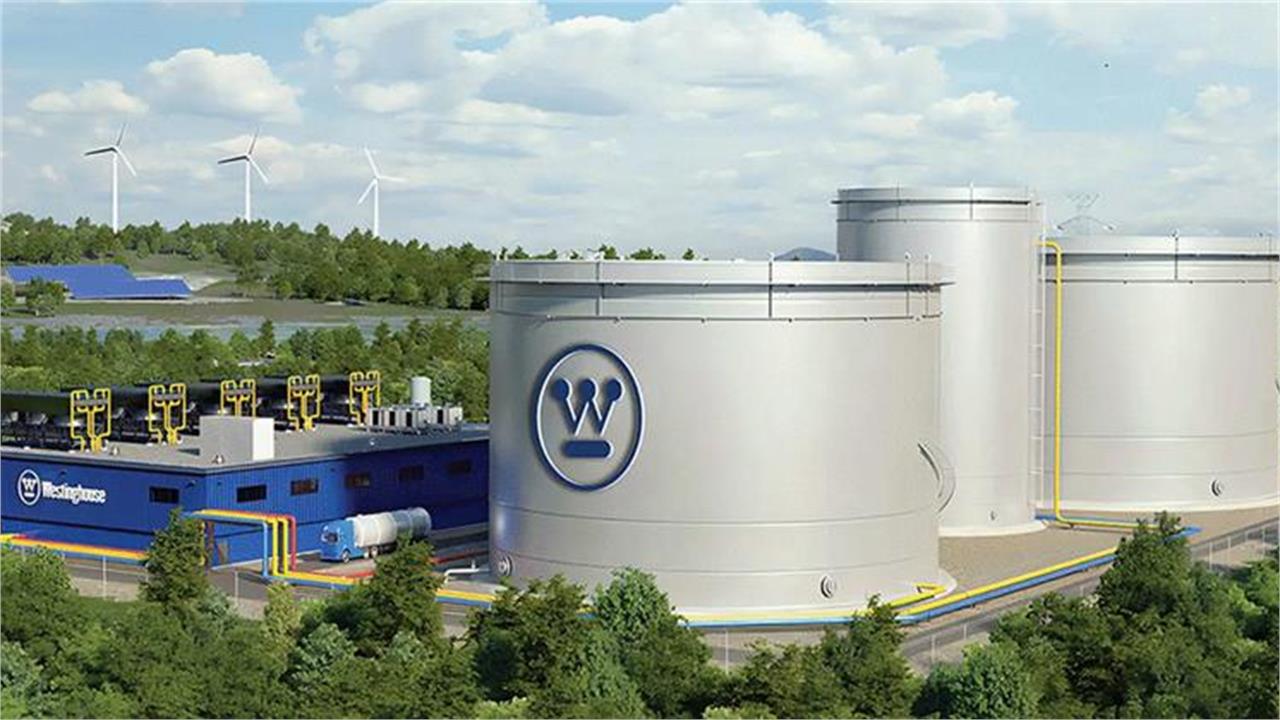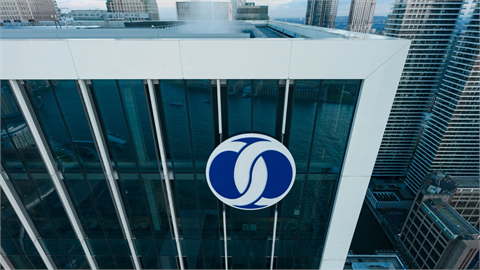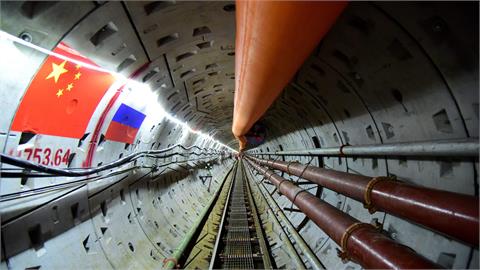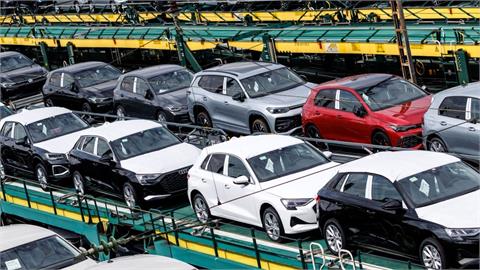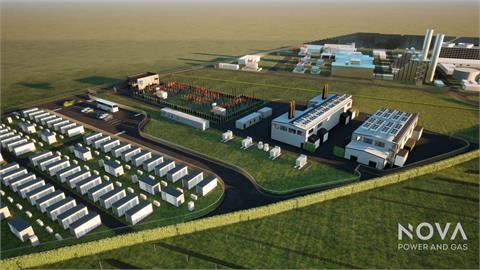The U.S. government inked a partnership with the Canadian owners of Westinghouse Electric on Tuesday that aims to build at least $80 billion in nuclear reactors. It is one of the most ambitious plans in U.S. atomic energy in decades, underscoring.
President Donald Trump's agenda to maximize energy output, focused on oil, gas, coal and nuclear.
It also comes as growth in artificial intelligence data centers boosts U.S. power demand for the first time in two decades, straining parts of the grid.
Under the agreement with Westinghouse Electric's owners, Canada-based Cameco and Brookfield Asset Management, the U.S. government will arrange financing and help secure permits for the Westinghouse reactors.
In return, the plan offers the U.S. government a 20% share of future profits after Westinghouse has paid out profits of $17.5 billion to Brookfield and Cameco. The U.S. government could turn that profit into an equity stake of up to 20% and require an initial public offering of Westinghouse by 2029 if its value surpasses $30 billion, the companies said.
The plan was announced after Trump, who is on a trip to Asia, said in Tokyo that Japan will provide up to $332 billion to support infrastructure in the U.S., including construction of Westinghouse AP1000 reactors and small modular reactors.
Japanese firms Mitsubishi Heavy Industries, Toshiba and IHI could be involved in building up to $100 billion of Westinghouse reactors, according to a fact sheet issued by the two countries on the trade deal on Tuesday.
The companies did not say when the U.S. government interest would vest, but added that the government must make a final investment decision and enter agreements to complete construction of the plants.
U.S.-listed shares of Cameco rose more than 25% on Tuesday.
TOUGH CHALLENGE
It remains uncertain if the deal will succeed. Building new U.S. nuclear reactors and a permanent place to deposit the waste has been difficult due to soaring costs as well as public concern about potential accidents.
The last two Westinghouse U.S. reactors built at the Vogtle site in Georgia in 2023 and 2024 were about seven years behind schedule and cost around $35 billion, more than double an original estimate of $14 billion.
Westinghouse filed for bankruptcy in 2017 due to cost overruns, and was later acquired by Brookfield. Brookfield owns 51% of Westinghouse, while Cameco holds the rest.
No large reactors are currently under construction in the United States.
The Trump administration in May ordered the U.S. Nuclear Regulatory Commission to slash regulations and fast-track new licenses for reactors, seeking to shrink a multi-year process down to 18 months. The order called for 10 new large reactors under construction by 2030.
The administration also reviewed staffing levels at the independent agency, which led some critics to question whether permits would be rushed at a risk to safety.
The NRC said it would respond to a request for comment about the deal once it has returned to full operations after the government reopens. U.S. Energy Secretary Chris Wright said in a statement that Trump had promised a nuclear power renaissance "and now he is delivering."
Critics also point to the fact that radioactive waste, which remains dangerous for thousands of years, is currently kept on site at nuclear plants in cooling pools and then moved into hard casks.
Still, momentum around nuclear is being driven by surging power demand from the so-called hyperscalers that operate massive cloud-computing infrastructure to manage rising artificial intelligence processing.
On Monday, NextEra Energy and Alphabet's Google to restart an idle nuclear plant in Iowa.
Tech giants including Google, Microsoft, and Amazon have already inked deals to source power from next-generation nuclear technologies, such as fusion and small modular reactors.
Constellation Energy and Microsoft have partnered to revive a unit of the Three Mile Island plant in Pennsylvania to power Microsoft's data centers.
(Reuters, October 28, 2025)
